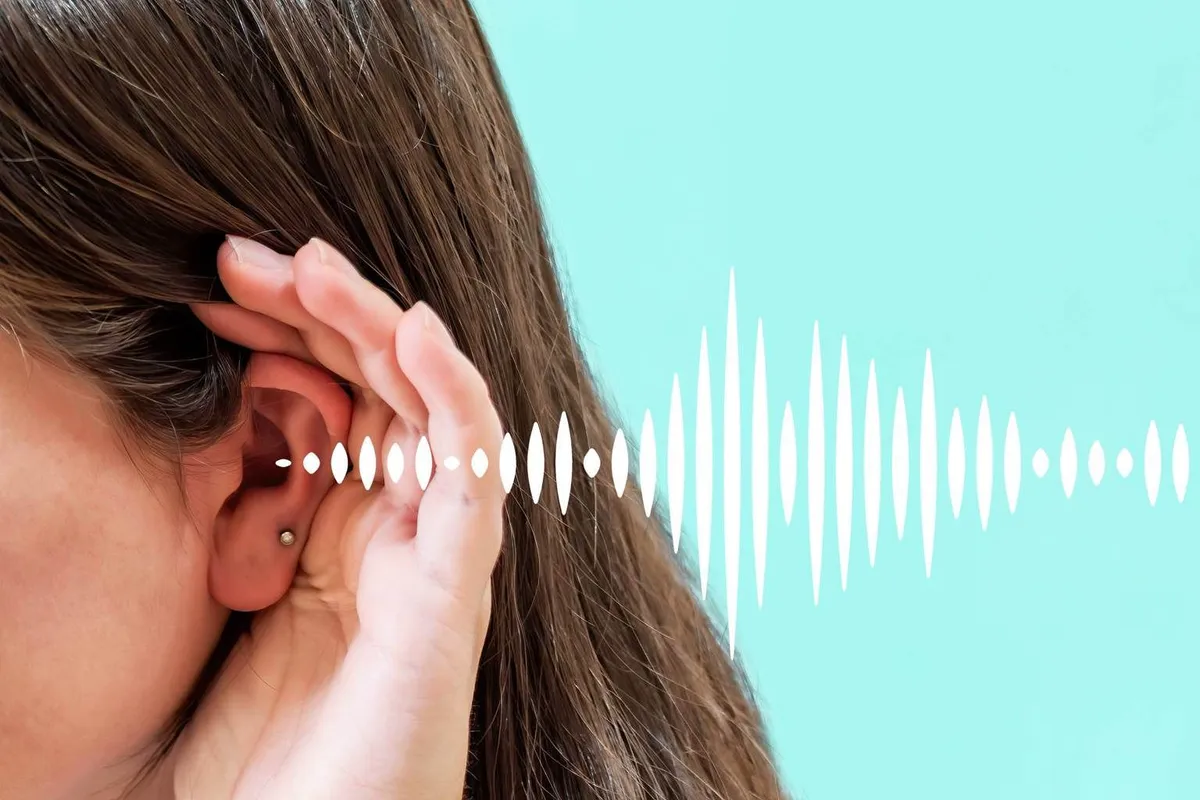The science behind sound
Studies have found that various non-musical sounds influence the brain in different ways. White noise—think of a fan or an untuned radio, which plays all frequencies evenly—is great for covering up background sounds, helping with sleep and focus. Pink noise has more low-frequency energy, like the sound of leaves rustling or rain falling, and is linked to deeper sleep and better memory consolidation. Then there’s brown noise; with its emphasis on the lower frequencies similar to distant thunder, it tends to have a calming effect, especially for people with ADHD or high stress levels.
The link between sound and focus isn’t a one-size-fits-all deal. While silence or pink noise can encourage deep thinking, a moderate level of background noise often sparks creativity. Instrumental music or ambient soundscapes work wonders for boosting concentration when reading or studying. And sometimes, plugging in headphones with white or pink noise can help drown out distractions in a noisy setting.
Emotions and sound
Sound plays a big role in setting our mood and even affecting our bodies by stimulating parts of the brain that handle feelings. Music or natural sounds can bring about calm, joy, or even nostalgia. Predictable, soothing sounds often help maintain emotional balance and ease stress by turning on specific brain areas tied to mood.
On the flip side, long-term exposure to noisy environments is a real headache. It can raise stress levels, mess with sleep patterns, and even strain the heart. Noisy nights can interrupt deep sleep, leaving anyone feeling groggy and short-tempered in the morning. Even a bit of low-level background noise might mess with memory and learning, especially for kids.
Using sound on purpose
There are practical steps to lessen the negatives and enjoy the upsides of sound. For a better night’s sleep, try using pink or brown noise apps or machines and skip any jarring music before bed. When you need to concentrate for work or study, instrumental music or ambient soundscapes can do the trick—just skip songs with lyrics if you’re doing language-heavy tasks.
If you’re looking for a bit of calm amidst the chaos, water sounds, forest ambience, or soft piano tunes might do the job. Noise-canceling headphones come in handy too, especially in bustling settings. At home, adding things like rugs and curtains can help absorb sound, creating a quieter, more relaxing space.
Sound as a game changer
Sound holds true power in shaping how we think and feel. By choosing the sounds around us—whether it’s picking the right non-musical noise for a specific task or setting up a peaceful corner at home—we can boost our focus and relax at the same time.
Experiment with different soundscapes to figure out what suits you best. Paying attention to the sounds in your everyday life might just open up new ways to improve your daily routine and overall quality of life.
